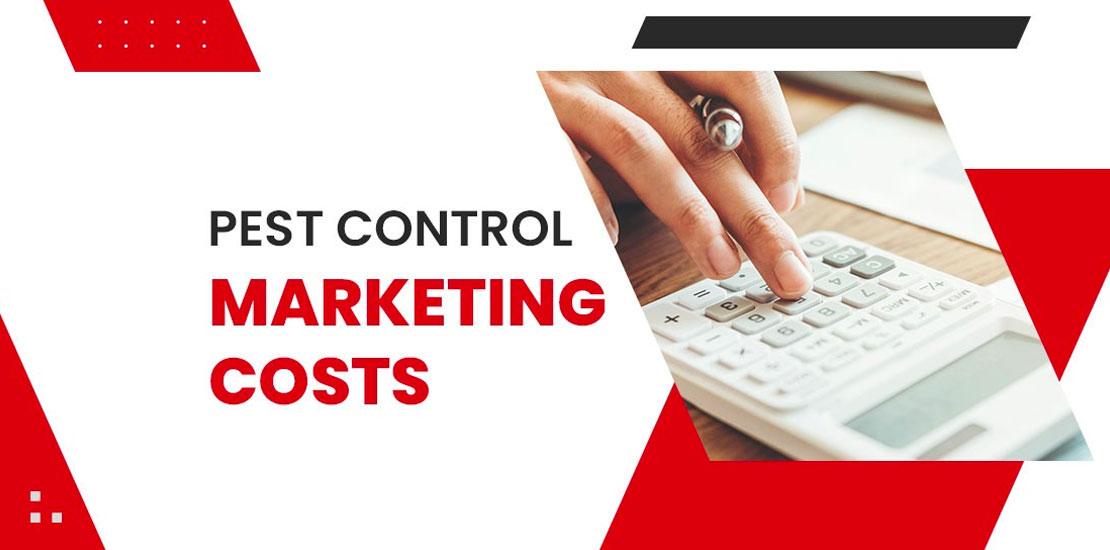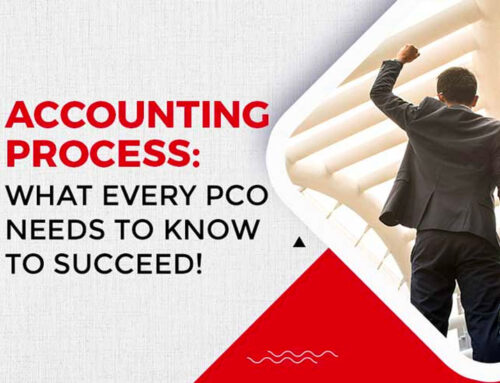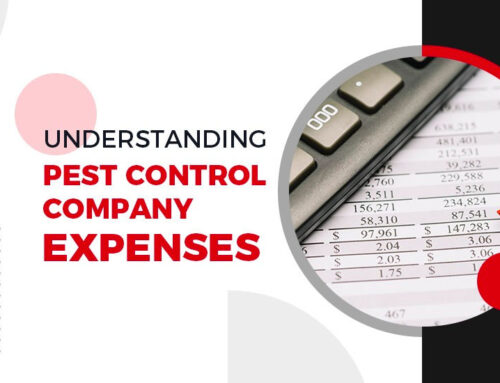The selling price of many service firms can be equal to about one year’s gross revenue. If you grew your firm’s sales by $250,000 last year, you have increased your net worth (or wealth) by a quarter million dollars. But hold on!
This gross revenue needs to be profitable, recurring work. Below we are going to lay out a growth plan for building a renewable business. We need to figure out:
Growth:
- How much?
- Over what period of time?
- How much money do I need to achieve this growth?
Let’s assume the following is true:
1. Annual revenue of a customer yields $500
2. The cost to acquire a customer is $250
3. Our plan is to double over 4 years
4. 100 percent retention (big assumption)
5. Our current annual revenue is $500,000
Let’s assume this table lays out a growth plan:


WOW! What does this tell us? In order to grow by 20 percent each year, it costs $50,000 to get into the marketing game and it increases from there using these assumptions.
Marketing Costs: What’s the Solution?
Make sure you have the money to get in the game…and test, test, test! You’re looking to get the most leads possible from the money you spend on advertising.
Question: If you spend $100,000 on an ad campaign, is it expensive?
Answer: It depends on how many closed leads you get from the campaign. If you get 400 closed leads from the campaign – it’s probably reasonable at the $250/closed lead. Remember, if that sale doesn’t result in recurring work, you are losing money!
Marketing Costs: Going Broke Getting Rich
Many times we commit big dollars to an advertising campaign and try to fund it out of operating cash. The bigger you get, the bigger the campaign you can support. This is because you have more customers in your database who are already on contract and there is no marketing cost associated with keeping those customers in your herd. The profits generated by this base fund the next ad campaign to add more to the herd. If your herd is small, there is very little cash to pay for the campaign out of operating cash. So if you want to make a big splash and spend a lot on marketing, you’ve got to figure out where the money is coming from or scale down your campaign so that your operating cash can cover it.
Test, Test, Test
Next, find a campaign that will yield closed leads at a reasonable price. The biggest mistake rookies make is committing tons of money to one campaign or another without making sure it works. Here are three critical components you need to consider:
- The list – In the example of the yellow pages, this would be everyone who gets the book (a very general list) or perhaps the list of all people that have used home maintenance (maybe you can get that list from a company who performs other home services by swapping lists). This would be highly targeted and yield better results than a general list.
- Mode of delivery – This would be the Yellow Pages directory or postcards or telemarketing or whatever you are going to use to deliver the message.
- Offer – Is your offer powerful enough to generate a response? A free inspection? A free report on Carpenter Ants, Termites, Fire Ants? Good marketers know that once a prospect responds to an offer they are likely to buy in the future.
You need to test the mode of delivery and your offer to see which is the most effective. Gauge the results before you are willing to spend lots of money.
Marketing Costs: Yellow Pages, the Big Challenge
If you are still using Yellow Pages you only get to change up your test once per year. So how do you test? Well, most companies advertise in several directories, change the offer in one directory and then track that directory against the others.
Marketing Costs Conclusion: In order to grow, it takes a lot of marketing, which costs a lot of money. Make sure you know what you are doing will work, and make sure you know how you are going to pay for it. Are you pricing your pest control services for profit? Check out our article for tips about effective service pricing or contact us!




